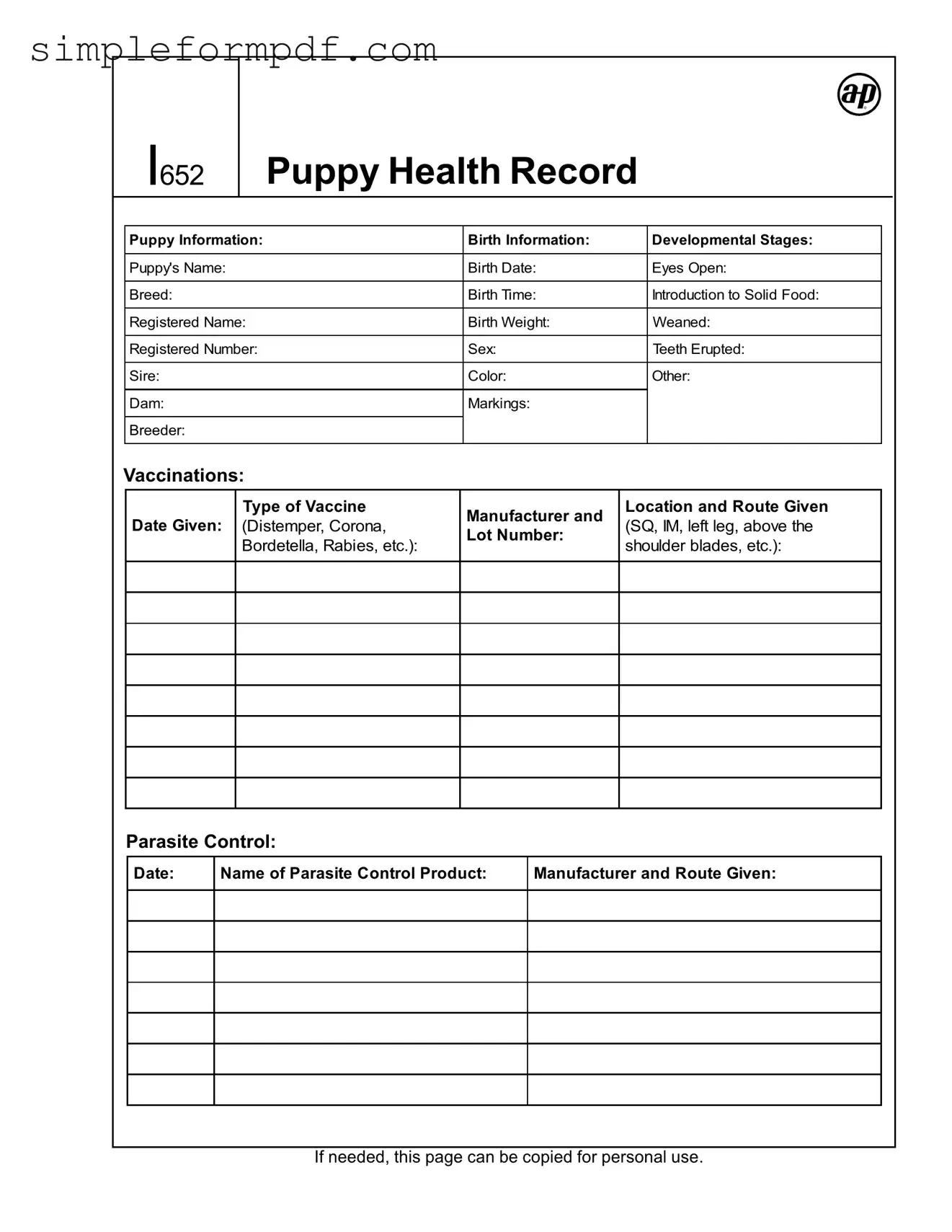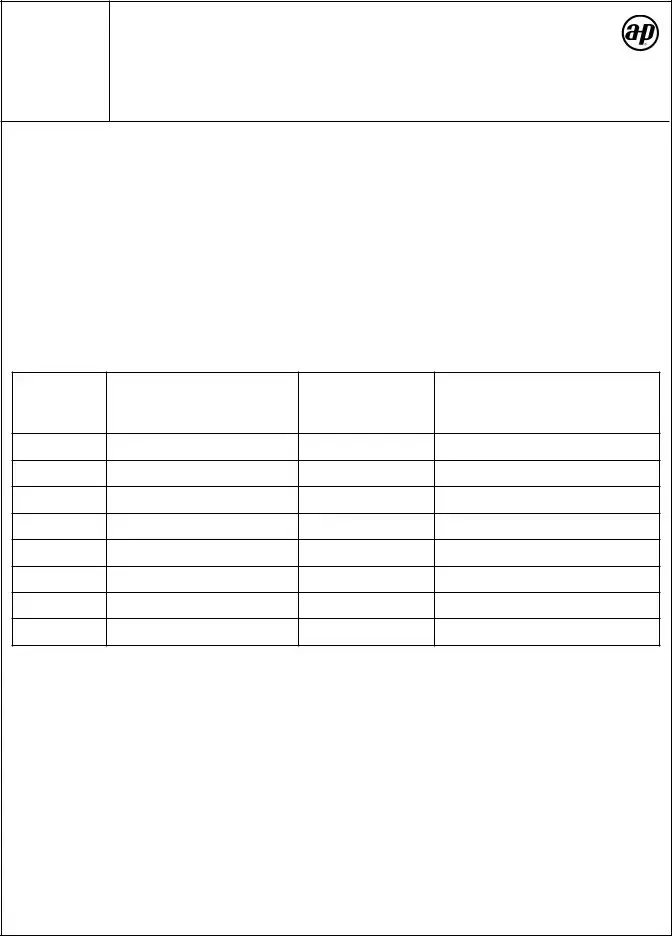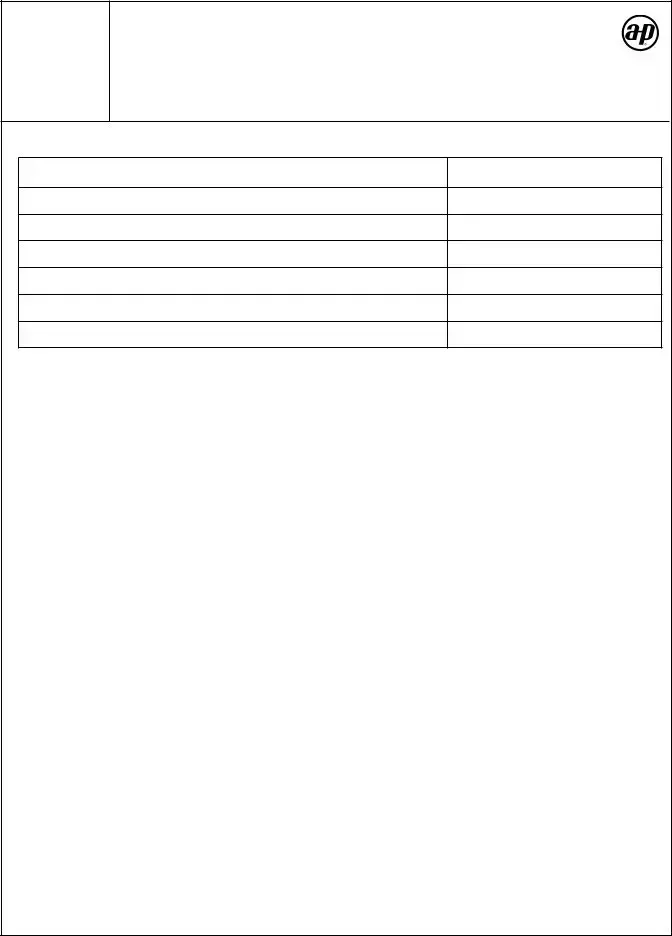Puppy Health Record PDF Form
The Puppy Health Record form is an essential tool for tracking your puppy's health and development milestones. This document helps pet owners and veterinarians keep a detailed account of vaccinations, growth stages, and other important health information. By maintaining this record, you ensure that your furry friend receives the best possible care as they grow.
Don't wait! Fill out the form by clicking the button below.
Launch Editor


